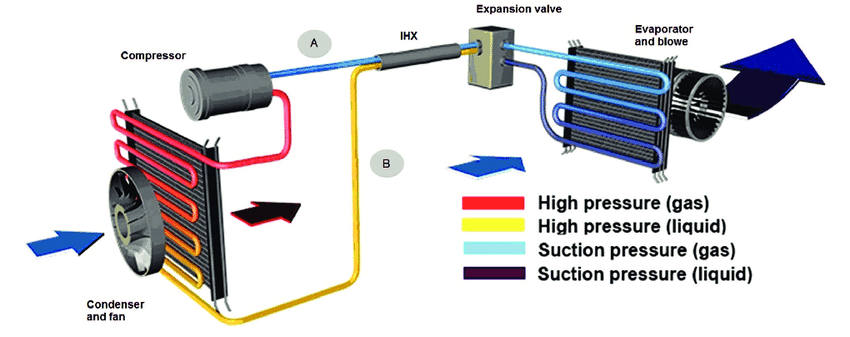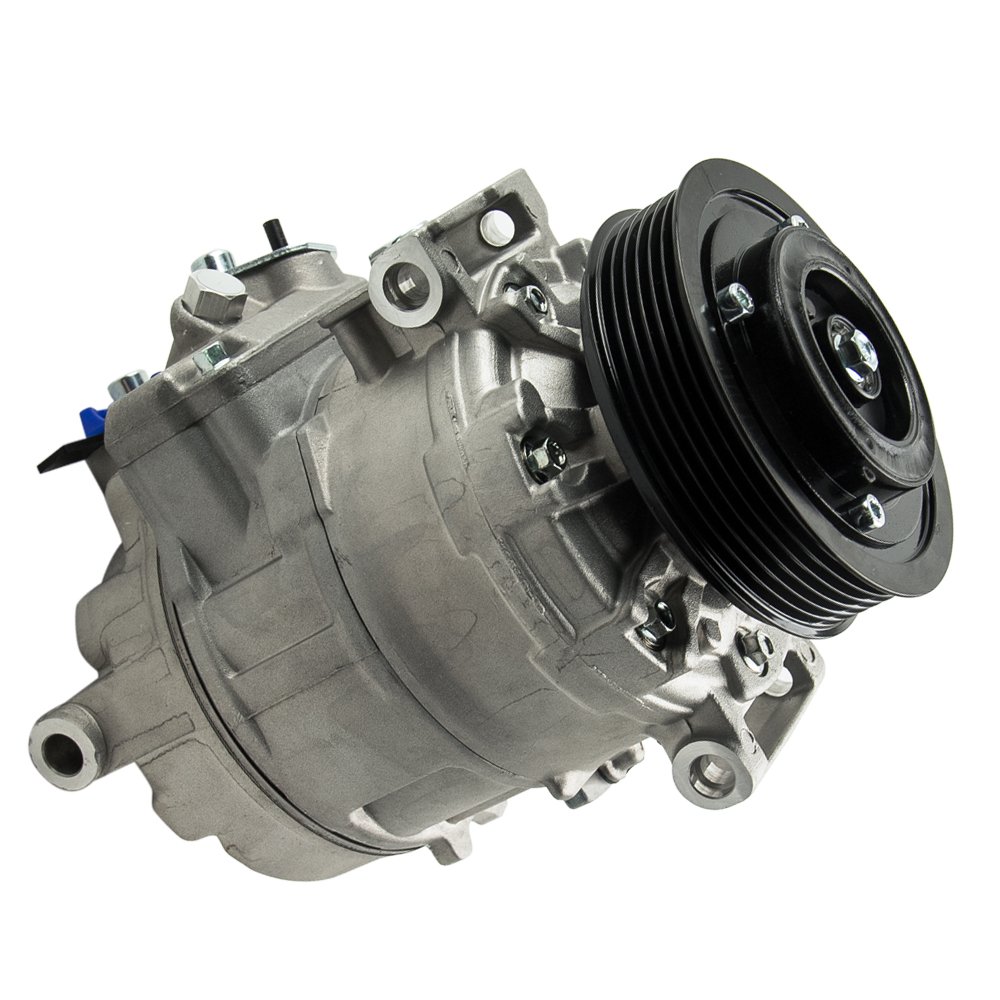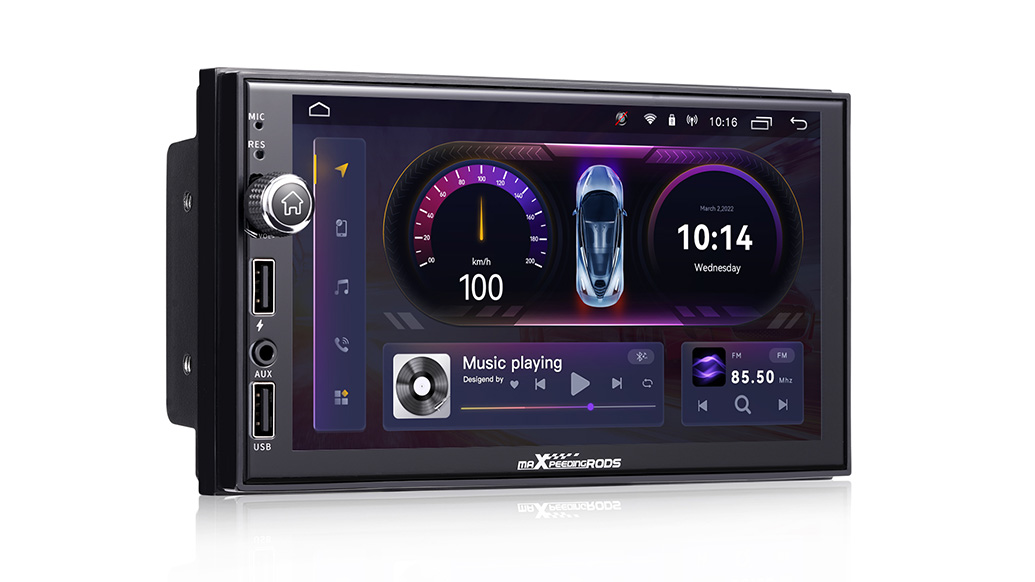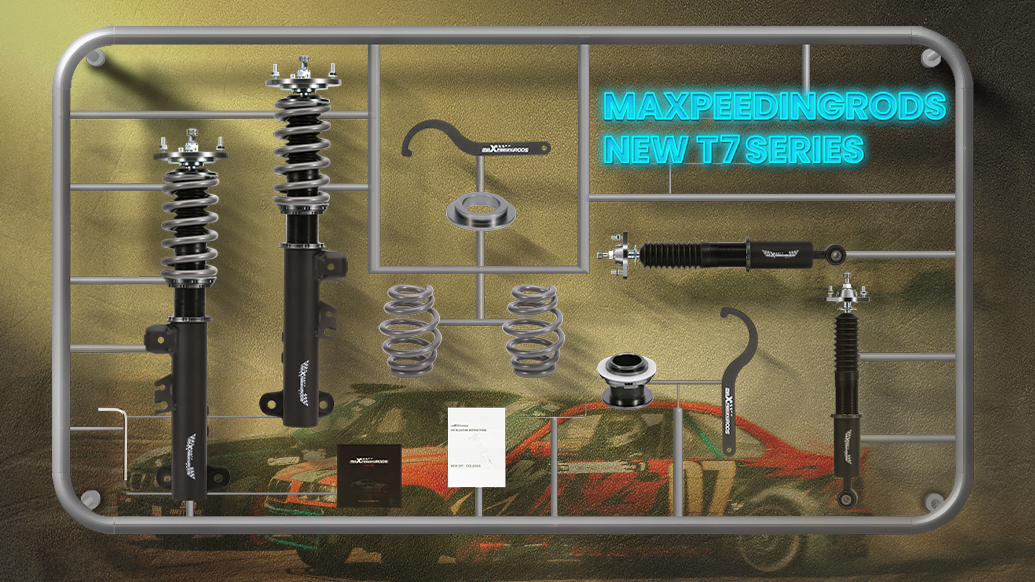WHAT IS AN AIR CONDITIONING COMPRESSOR?
The Air Conditioning Compressor, the heart of the car’s air conditioning system works like a pump taking refrigerant and pressurizing it, passing it along to the evaporator. The clutch is driven by a drive/serpentine belt, which engages the compressor when you switch on the AC.

HOW DOES THE AIR CONDITIONING COMPRESSOR IN MY CAR WORK?
A vehicle’s air conditioning system does not create cold air. It actually takes the heat and moisture out of the air that is already in or outside your car, leaving behind cooler air. Having a good understanding of how the components work can help explain the methods of repairs in the air conditioning system.
The freon/refrigerant resides in the a/c system. The AC compressor initiates the high-side of the system where it compresses the freon/refrigerant into a high-pressure state causing it to liquefy. It travels through the high-pressure lines to the condenser. The condenser which is similar to a small radiator puts the liquid in contact with fresh air on the outside of the vehicle, which absorbs the heat from the liquid. It then flows into the expansion valve or orifice tube where it is restricted and becomes gaseous in the low-pressure side of the AC system. Then it flows into the receiver dryer/accumulator that contains a desiccant bag to remove and collect unwanted moisture/water and impurities. The clean gaseous freon/refrigerant then travels through the tubing into the evaporator (that is usually located in the passenger compartment of the dash). Freon/refrigerant in its gaseous state is now able to absorb heat from the air passing through the evaporator fins, leaving behind the cooler air. Fans blow this cooler dry air into the car’s cabin. The refrigerant travels back to the compressor in the suction hose of the a/c system to get compressed back into the high-pressure gas and begin the process again.
HOW TO CHOOSE THE RIGHT AIR CONDITIONING COMPRESSOR?
To get started on buying the right AC compressor you will need to have some information on hand about your vehicle. The most obvious piece of information needed is your exact year, make and model, and possibly even your sub model. This information is vital because manufacturers change different parts for different model years and sometimes even different parts within the same model year, depending on trim, engine choice, etc. For this reason, you might also have to have your vehicle’s production date (the exact date your vehicle was made in the factory) on hand. Do not be alarmed, the production date can be found inside your car on the driver’s side door jam and is usually written in month/year format or date/month/year format. Most AC compressors on our site do not require you to have a production date, but if one is necessary simply head over to your vehicle and retrieve the date.
If for some reason you are not sure of the year, make and model or the production date of your vehicle we can also get you the exact replacement of your AC compressor with the manufacturer’s part number directly from the part. Many times the part number is inscribed into the compressor or is on a sticker or label. However, over time these part numbers tend to fade or become unreadable. If you do not have these part numbers, call your vehicle manufacturer’s local dealership and politely ask their parts department for the OEM (original equipment manufacturer) part number of the AC compressor in your vehicle, you will simply need to provide them with your VIN number and they can look it up.
Some older vehicles did not come with air conditioning units out of the factory. If this is the case for you, it’s best to consult an automotive air conditioning technician about integrating an AC system into your car. To help lower the cost of this project have them give you the specific OEM part numbers of the parts you will need and look to buy them online from us.

WHY SHOULD YOU BUY AIR CONDITIONING COMPRESSORS FROM MAXPEEDINGRODS?
- MaXpeedingRods offers a wide variety of high-quality air conditioning compressors that have been carefully assembled and tested to ensure your cabin gets cool air whenever you need it. MaXpeedingRods compressors have been made according to exact OEM standards to ensure a perfect, hassle-free fit.
- All MaXpeedingRods A/C compressors use high-quality parts and components to ensure the compressor performs its duties as expected for the longest time possible.
- MaXpeedingRods offers a seamless online shopping experience and the streamlined e-commerce interface makes it easy for you to find just the air condition compressor you want.
- For professional assistance and help with choosing the right A/C compressor, you can reach out to us via our website www.maxpeedings.com. (Use code:Blog to get 10% discount)
WHAT ARE THE SYMPTOMS OF A BAD CAR AC COMPRESSOR?
AC compressors endure a lot of stress. Since the car’s air conditioning system gets turned on and off quite often, this power fluctuation puts a lot of stress on the compressor, the clutch, and other internal components. Over a certain number of years, this stress will wear down the compressor and cause it to eventually fail. There are some warning signs that will present themselves if your AC compressor is starting to go bad. Below are the top 4 symptoms:
1. Strange Noises
If you switch on your air conditioner and there are a lot of strange noises being generated, then your AC compressor is likely starting to fail. The compressor relies on a sealed bearing and numerous other components to turn. If the internal bearings or components were to get damaged or worn out, then it will make it more difficult for the compressor to operate properly and silently. Strange noises will only be the beginning of the problem. That is why you should take this symptom as an early indicator that you need to get your AC compressor replaced.
2. Hot Air
If you turn on your air conditioner and you only get hot air blowing out of the vents, this is a clear indicator that your AC compressor is failing. If the refrigerant cannot circulate through the air conditioning system because of a bad compressor, then it is not going to create the cool air that you want. As a result, you will have hot air instead. This might be a gradual process where you will first feel the cool air getting slightly warmer. After a while, the air will get to the point where it is completely hot with no coolness whatsoever.
3. Leaking Fluid
The AC compressor has its own internal bearings which prevent fluid from leaking while it is pressurizing the refrigerant. However, if these bearings were to become worn out or damaged, then fluid could easily leak through them. You will need to replace the bearings because they cannot be repaired.
4. The Clutch is Stuck
The AC compressor has its own clutch which is connected to the engine via a pulley and a belt. This allows the compressor to use the engine’s power to run. If the clutch were to get stuck or seize entirely, then it would not be able to transfer power from the engine over to the compressor. In most cases, you won’t be able to repair the clutch if it has seized like this. Your only option in most cases will be to replace the entire compressor.
HOW TO INSTALL AN AIR CONDITIONING COMPRESSOR IN A CAR?
There is much to consider when installing an AC compressor. In this Guide, our AC experts will cover Flushing and Evacuating the AC system, adding oil, freon and refrigerant, the drier, O-rings, the Expansion Device and the AC compressor pressure switch.
How to flush the AC system?
The two main causes of a faulty AC compressor are:
• Contamination: When debris enters the AC mechanism, it will wreak havoc in the entire system.
• Oil starvation: When the system is not properly lubricated, it burns out.
When either of these two conditions exists, you should strongly consider an AC compressor replacement. Before starting your AC compressor installation, please note that every system needs to be properly flushed and vacuumed.
Flushing and evacuating the AC system before changing the parts is always recommended.
After flushing and vacuuming the system, run what comes out through a coffee filter to check for discoloration or metal flakes. Always use an AC system flush solvent. After flushing the system once, check whether impurities are left. If so, try flushing the system again.
After re-flushing the system, if the system is still contaminated, it is recommended to replace the condenser and possibly other parts such as the hoses and evaporator. Do not bother flushing a third time since many newer vehicles have serpentine or parallel flow condensers that simply cannot be properly cleaned and must be replaced at this point.
How to refill the system with oil?
Another important part of an AC compressor installation is having a proper supply of quality oil. Oil is crucial to a properly functioning AC system. It is important to use a high-quality oil to ensure that the system does not break down over time. Oil starvation results in oil decomposition which can often be the cause of the debris in a contaminated system. Each compressor is designed to work with a certain type of oil. Oil comes with a viscosity of 46, 100 or 150. Check your user manual for the proper viscosity. We recommend using a double end-capped PAG oil or better.
Many of our compressors come pre-filled with oil. We can never guarantee that our compressors have the required amount of oil. Most manufacturers put just a few ounces of oil in for testing and shipping. We can also never guarantee the quality of oil, or how long the oil has been in the compressor. Oil exposed to the atmosphere can expedite the breakdown process. Therefore, we recommend flushing out all the oil and starting with a fresh refill of premium oil. Do your own measuring to ensure the job is done properly. This will help ensure your AC compressor replacement project is a success.
Check the specifications book as well; many compressors need half of the oil to be filled in the compressor and the other half to be filled in the drier. Other compressors need the entire amount of oil to be filled in the compressor.

How to fill the system with refrigerant
Ensure that you are only using refrigerant from a sealed, trustworthy source. Be careful not to use any fraudulent products available in the market. Failure to do so could compromise your AC compressor installation project.
- First, make sure all the valves of the AC manifold gauge are closed. Then, connect the yellow hose (middle hose on your AC manifold gauge set) to the refrigerant tank. Before opening the tank knob, loosen the yellow hose slightly at the manifold end. Then open the cylinder knob for 1 second and close it. This will remove all the air from inside the pipes. Now, again tighten the yellow hose.
- Now, open the low side knob of the manifold for 3-4 seconds and close it. Then turn ON the AC and wait till the compressor kicks in.
- Once the compressor starts, again open the low side valve of the manifold. Keep the valve open for 4 seconds and close it for 2 seconds. Note where the pressure settles on the gauge once the valve is closed. Keep opening and closing the valve till the pressure settles between 60-70 PSI. The AC refrigerant gas is filled in small amounts at a time because releasing all the gas at once will damage the compressor.
- After reaching the 60-70 PSI range, close the manifold valve
- Close the refrigerant tank knob
- Unscrew the blue hose from the suction line
- Unscrew the yellow hose from the refrigerant tank
How to Install an AC Compressor Drier
The drier is the key component that filters out debris and other substances in the AC system. Some vehicles have an accumulator and some have a receiver-drier, but either way they do the same thing. A new drier is required every time you change the compressor, no exceptions. Inside a drier is a desiccant element that pulls moisture and debris from the system. Remember that moisture in the system is very bad, as it alters the viscosity of the oil and can eventually ruin the system.
Just like you wouldn’t change your engine oil without changing your oil filter, the same is true with AC systems. You want that drier cleaning your system to ensure a long-lasting performance. You definitely do not want the old drier dumping debris back into the system.
How to Install AC Compressor O-Rings
Most modern AC systems use O-rings in places where the parts connect with each other. Half of all AC leaks are often due to wrongly or improperly installed O-rings. We recommend that O-rings be changed with the compressor. As you remove an O-ring, tape it to a piece of paper and make a note next to it about where it came from. This way, if you have a problem in that area later, you can double check that you used the correct O-Ring.
How to Install AC Compressor Expansion Device
The expansion device is a generic term. It can be an orifice tube, expansion valve or expansion block. An orifice tube should always be replaced and never be cleaned. An expansion valve or block should always be removed, inspected or replaced, if required, during a repair. A stuck expansion device can allow too much pressure to build in a system and thus blow out the head of the compressor.
The rule of thumb is that if you are replacing the compressor because it is leaking or not blowing cold enough, cleaning is acceptable. Any other failure requires a new expansion device. If unsure, it never hurts to change the expansion device.
How to Install an AC Compressor Switch
The AC Compressor Switch has an important job: to make sure the entire AC system doesn’t freeze up. Once the AC pressure drops below a certain psi level, the switch shuts off power momentarily to prevent freeze up. If your AC system experiences frequent freezing or feels too cold, the AC Compressor Switch may need to be replaced.
In order to successfully replace the AC Compressor Switch, adhere to these steps:
• Drain all refrigerant from the AC Compressor.
• Remove the old AC Compressor Switch and replace with a new component. You may need to remove the existing rubber O-ring gasket during the process.
• Remove all condensation from your compressor with an air conditioning gauge set.
• Add new refrigerant. Make sure the fluid is unused, brand-new and meets or exceeds your AC Compressor’s specifications.
• Turn off the engine for a few minutes, and then start your car up. After the engine runs for five minutes, turn the AC on maximum power. Ensure AC Compressor switch works. You should be able to hear the switch engage after a few minutes.






